One of the most vital, if often overlooked, aspects of any school around the globe is the library.
Having a properly stocked collection of books and educational materials is essential for a student’s advancement outside of the classroom. A library is often the first opportunity for a young student to open a book and let their imagination and creativity be tantalized and stimulated by tales of wondrous adventures and history. Whether fiction, non-fiction, biographies or auto-biographies, the love of reading and writing will be nurtured in a library. And as we enter the 21st Century where technological advancement has progressed by leaps and bounds, it’s an educational institutions’ duty to keep up with the times, to give their students as much opportunity for career advancement through the necessary skills needed to prosper in this day and age.
Particularly in Tanzania, where most infrastructure is lacking and some children and adults will never have stepped foot in a library their entire lives, it’s crucial that we try and introduce the benefits of a library and its purpose at all levels to our students.
Here at St Jude’s, we have three libraries that act as central hubs on each campus. All are staffed with professional librarians and/or teacher-librarians who are there to help our over 1,500 students borrow books, work with computer programs, complete homework using the reference materials and find the right newspapers to read up on the daily happenings around Arusha and East Africa.
The majority of books are donated mainly from school and public libraries in Australia and the U.S. as well as from individual families and visitors. There are also a number of bookshops in Arusha that supply us with textbooks and small novels in Kiswahili. We have visitors from other schools come to see our libraries and students from the local teachers colleges will visit too. Our library staff will also visit other school libraries to share information and processes.
Each library keeps a list of novels or books they would like to see donated, in hopes that one or two titles will complete a series of a set of young adult novels, for example. This list is coordinated with the visitor and donor relations teams to help the libraries have complete volumes of series.
Here are a few snippets of information about our Lower Primary and Secondary libraries:
LOWER PRIMARY
Every week there are 19 classes that come through the Lower Primary library, from Standard (Year) 1-4. There are a total of 1,372 books that can be circulated during the week. Teachers will also drop in to pick up DVDs for classes.
Some of the ongoing projects include the Year 1 students modeling picture books from the style of well-known authors. Students also have been learning about the difference between fiction and nonfiction books, while the younger students concentrate on telling their own stories and describing their characters. Future projects include research projects about snakes and reptiles
UPPER PRIMARY
Throughout any week there are 20 classes in Standards 5-7 that come through the library doors, sometimes as most as 8 classes in one day. In the month of September, 3,938 books were borrowed by the staff and students. This term the Standard 5 and 6 students have been developing their map reading skills using atlases and researching countries outside Africa. They have learnt how to make a mind map and are presenting their information on posters. Lessons usually focus on thinking strategies, information gathering and honing literacy skills.
SECONDARY
Every day there are around six classes in the library. It’s a mix of English classes which come to the library for one period a week and additional classes where teachers bring their students to do research, reading and to use the resources available. Since the students board for the entire week at the Secondary campus for an entire term, the library is in constant use as students visit during break time, lunch and after school. Approximately 300 students come through the library each day, while there are often between 30-50 students in the library after school doing a variety of things. They loan around 1,500 books per month, around 70 per day and have 10,000 items in their secondary collection. The 10,000 items cover fiction, non-fiction and DVDs.
Secondary library lessons are linked with the English curriculum and focus on the use and writing of English using resources in the library. For example, Form 3 students have been using newspapers to study how to write articles, letters to the editor, and book and music reviews. Form 2 has been looking at hotels, facilities and furniture in hotel rooms and how to write reservation letters.

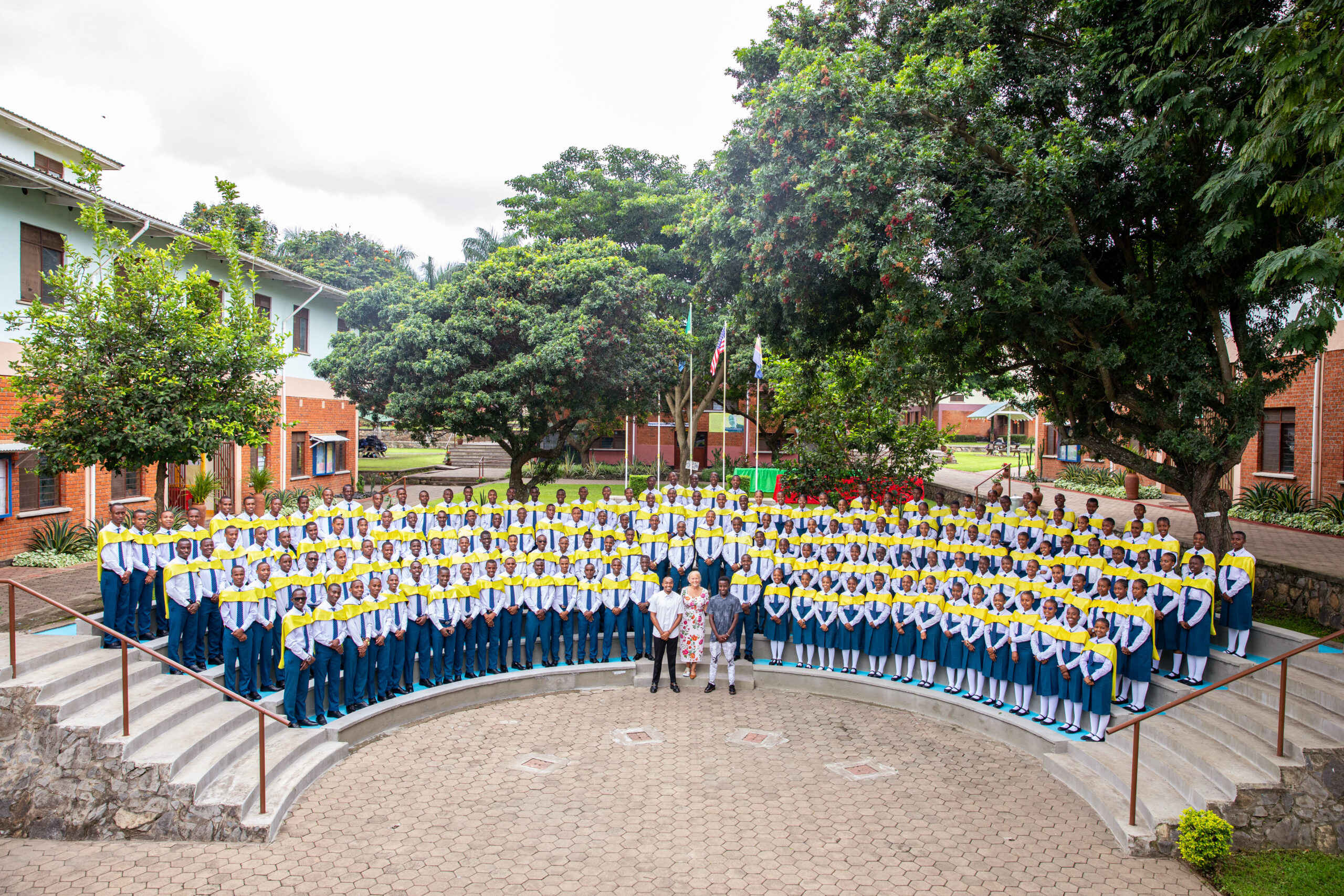
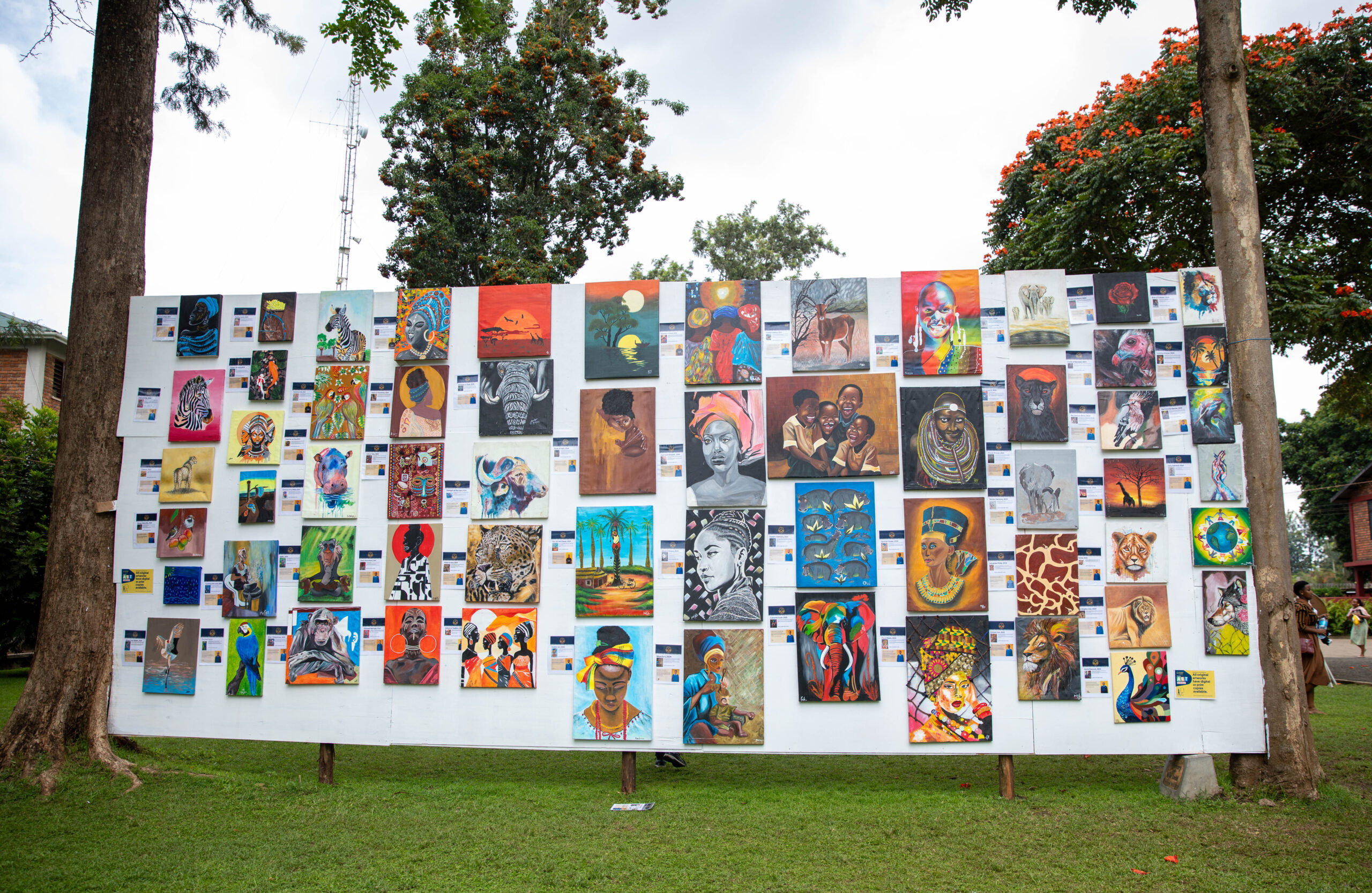
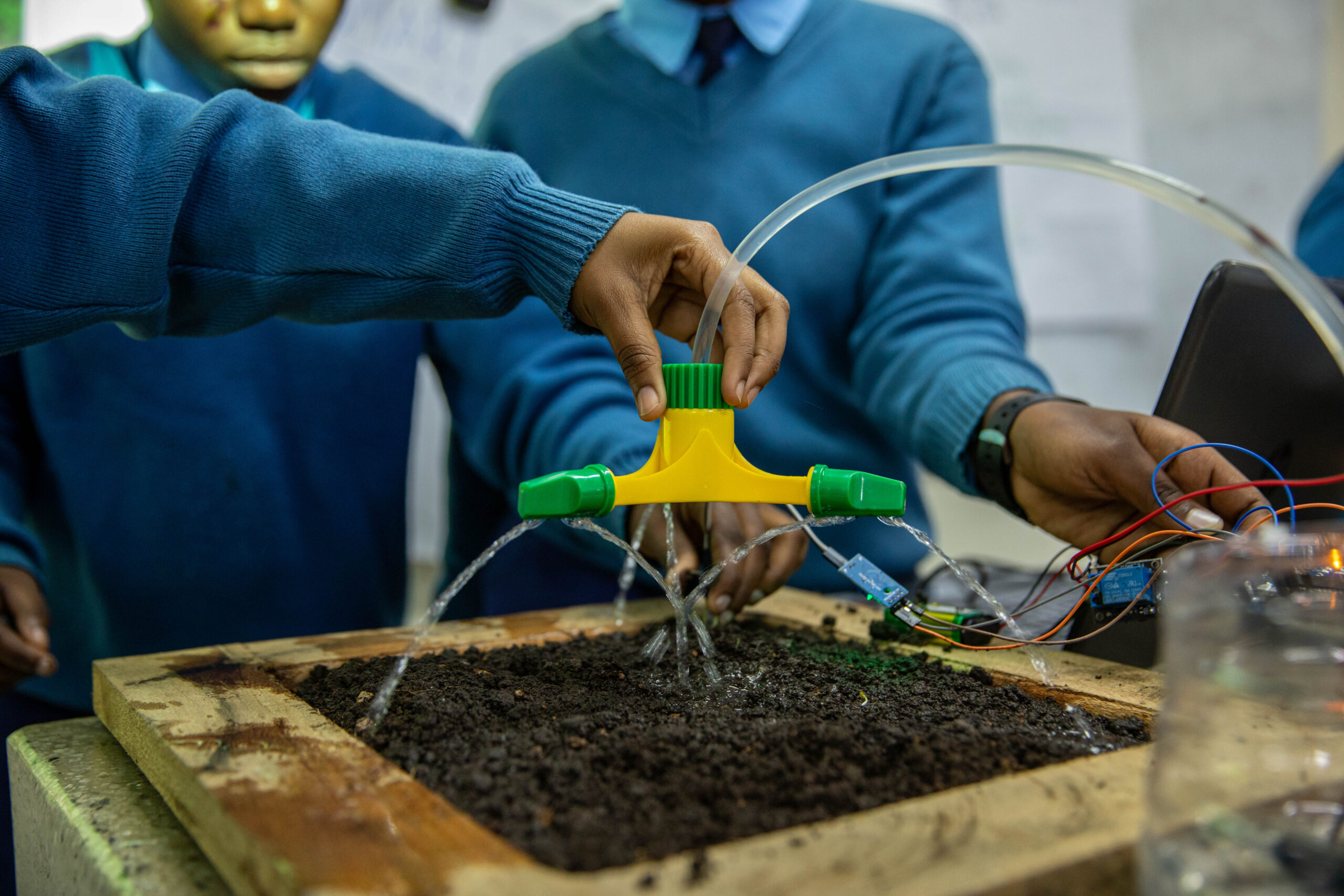


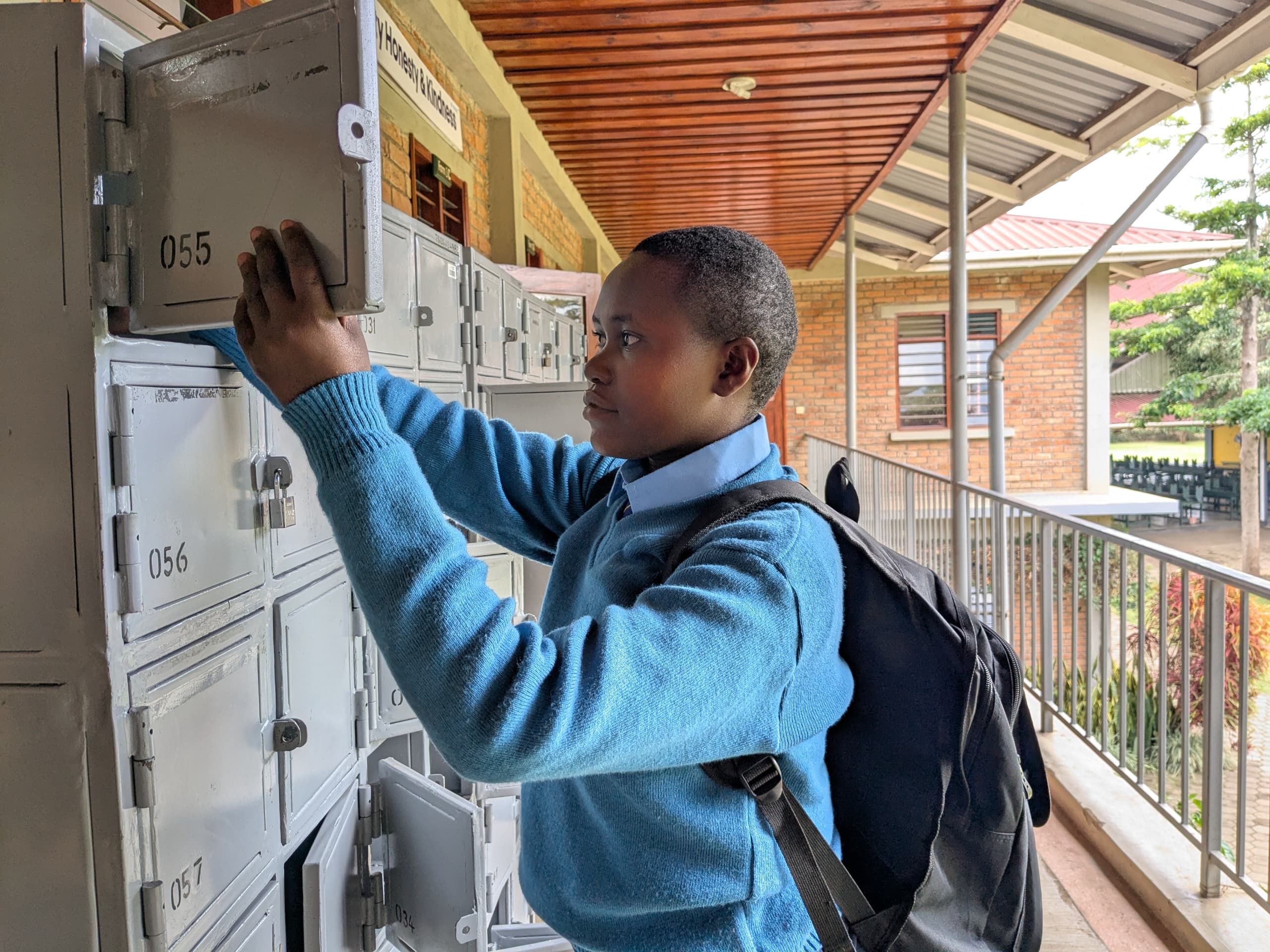

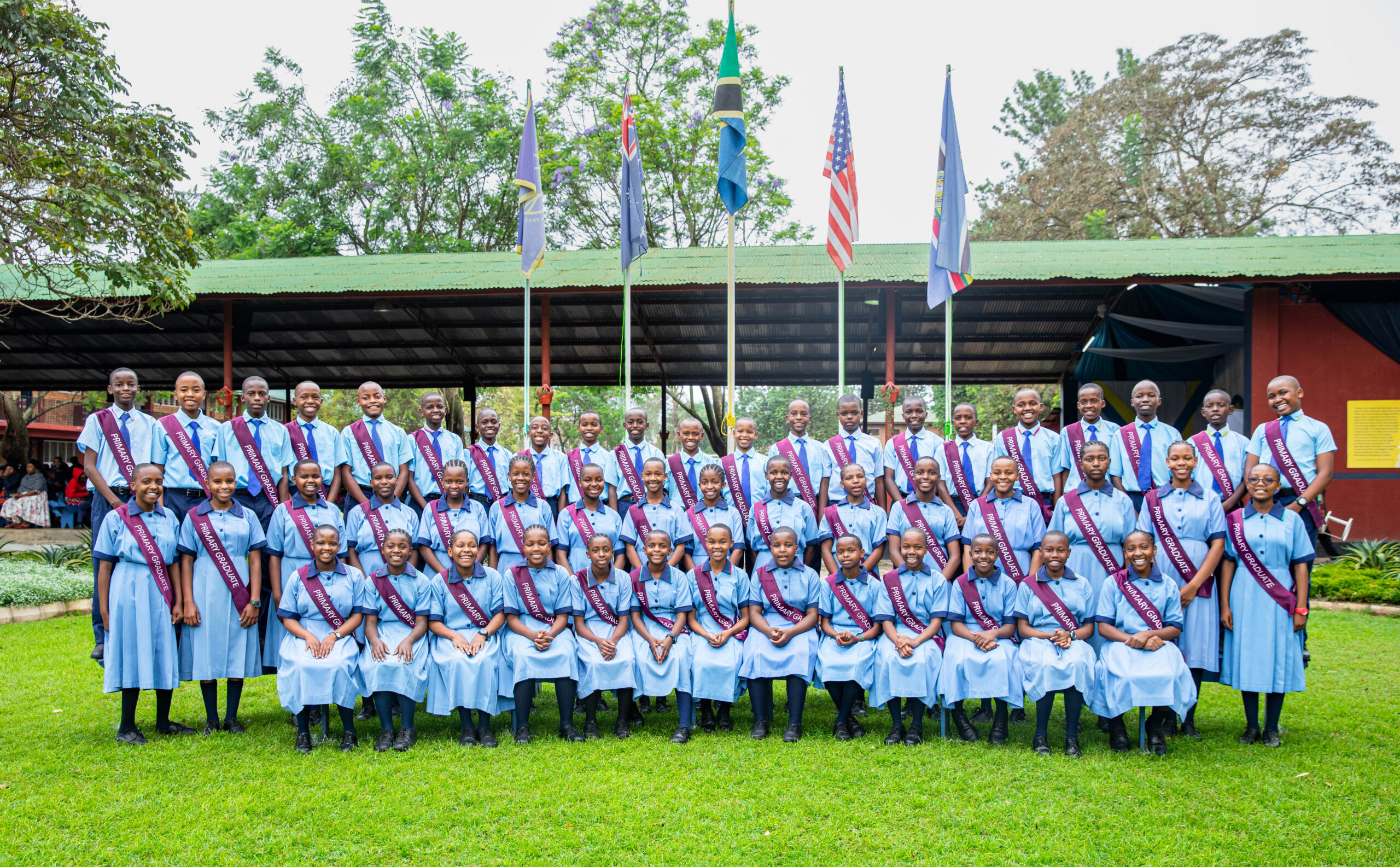
Replies